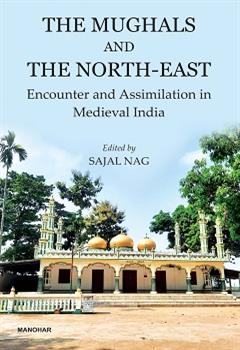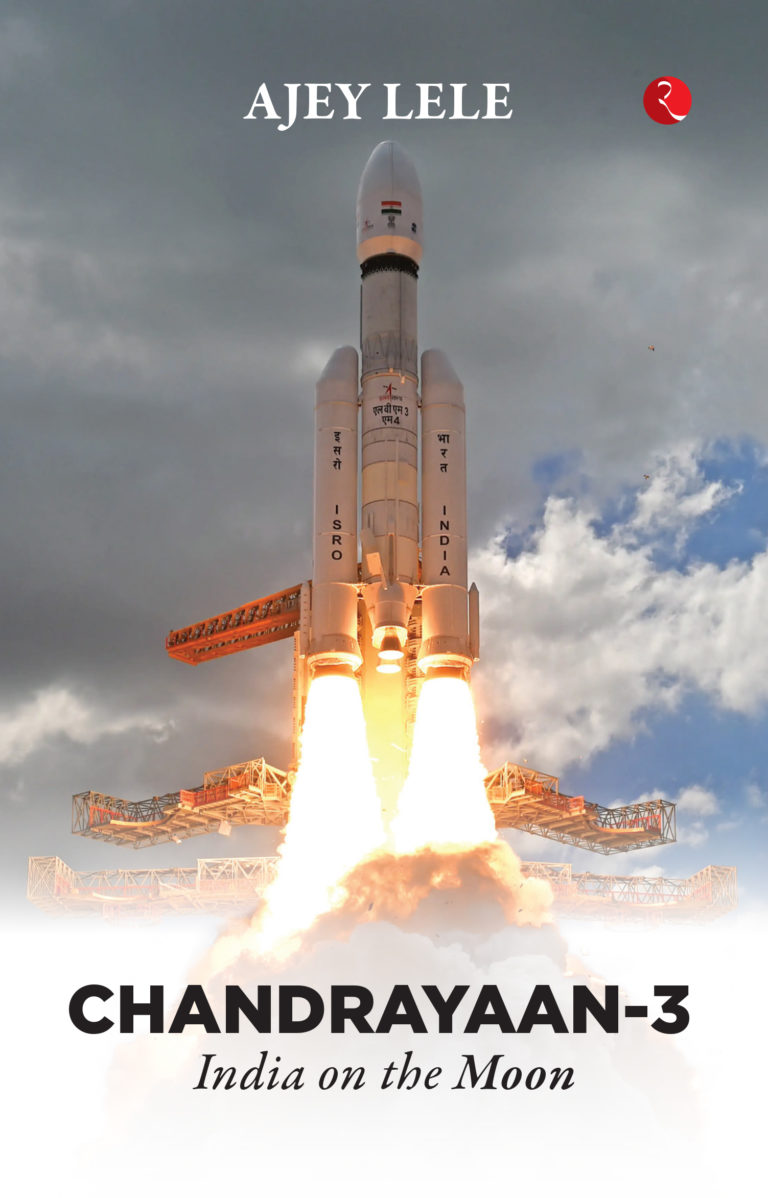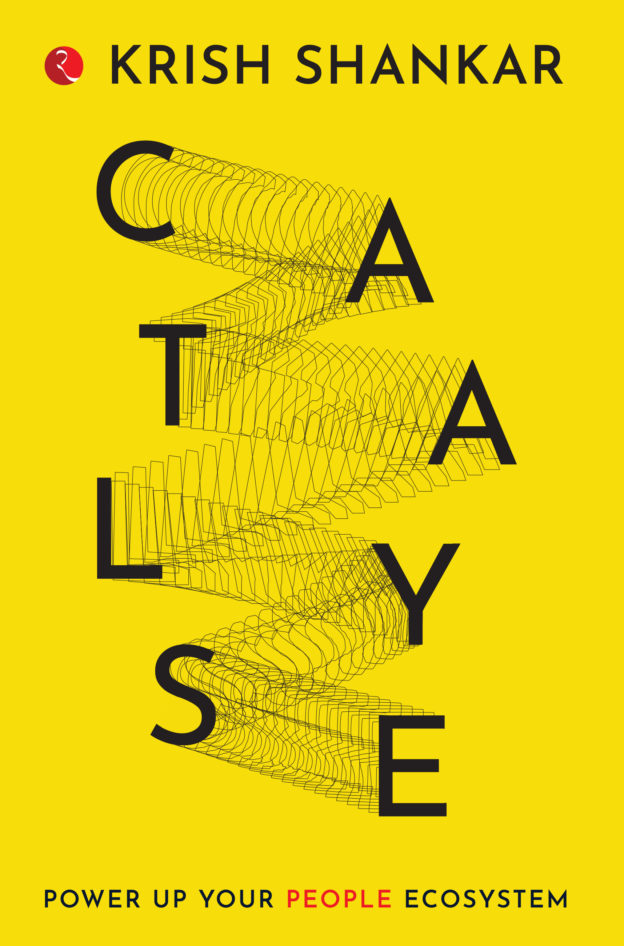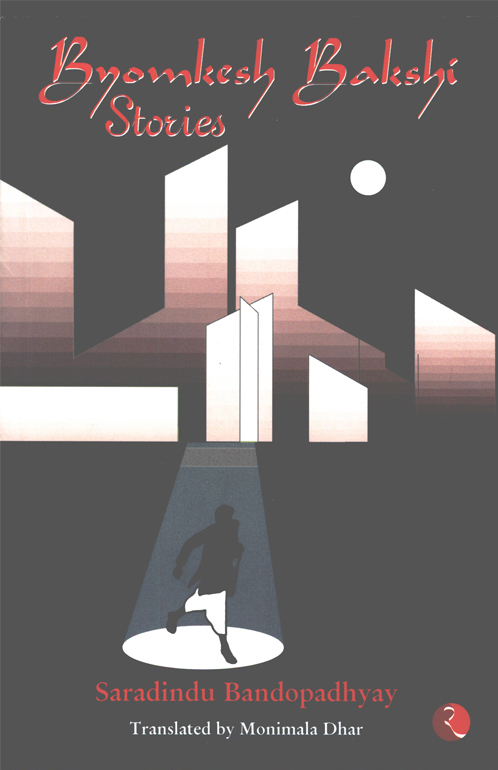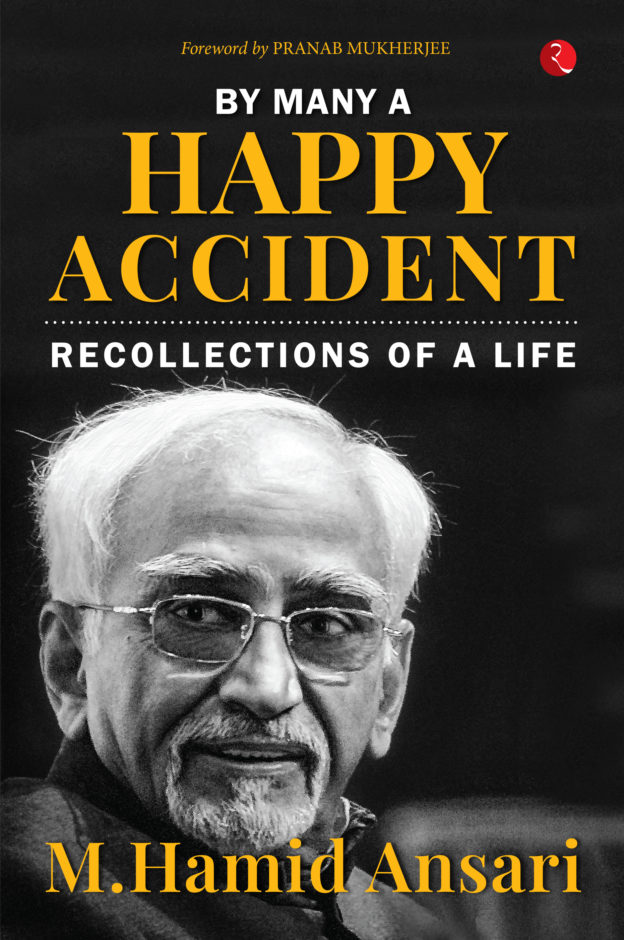The Mughals and the North-East: Encounter and Assimilation in Medieval India
Availability :
In Stock
₹ 2,075.15
M.R.P.:₹ 2695
You
Save: ₹619.85 (23.00% OFF)
(Inclusive
of all taxes)
Delivery:
₹ 130.00 Delivery charge
Author:
Sajal Nag
Publisher:
Manohar Publishers
ISBN-13:
9789391928025
Publishing Year:
January 2023
No. of Pages:
538
Weight:
950 g
Language:
English
Book Binding:
Hardcover

